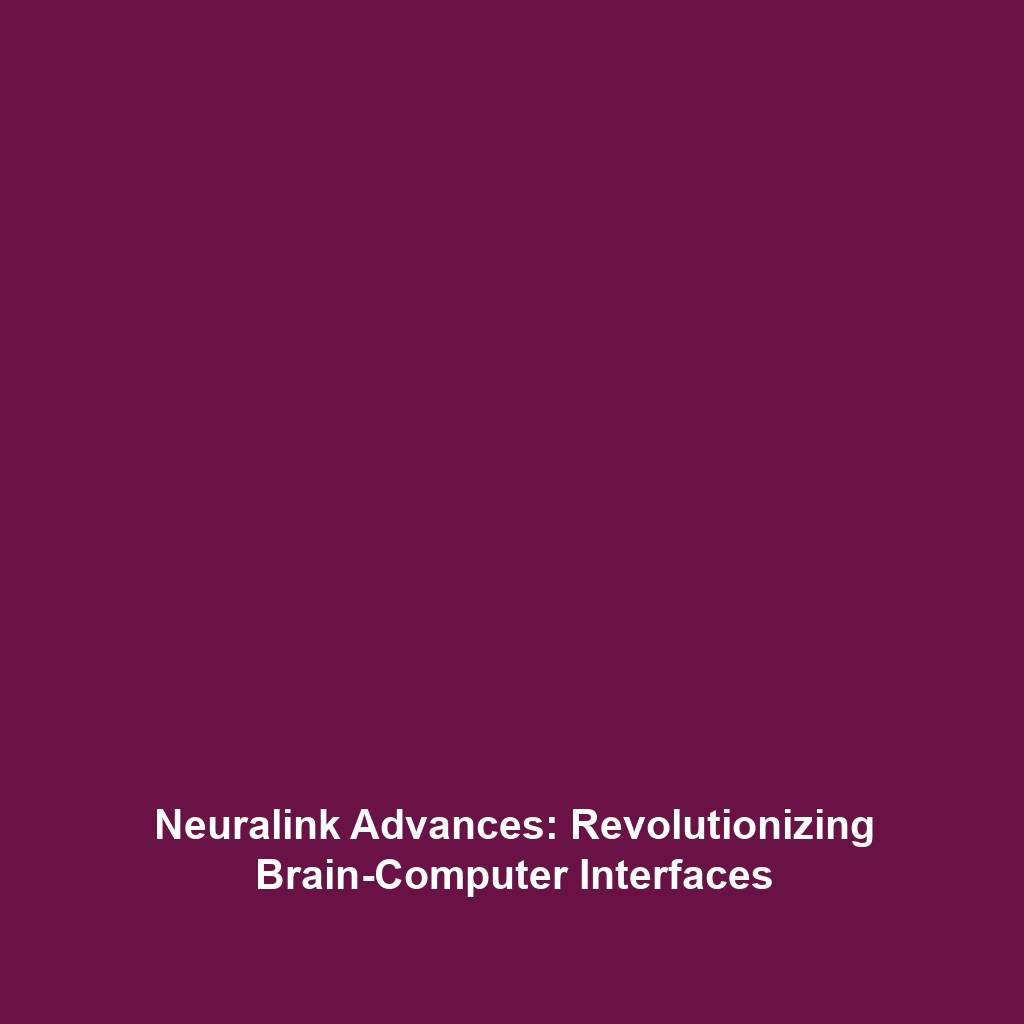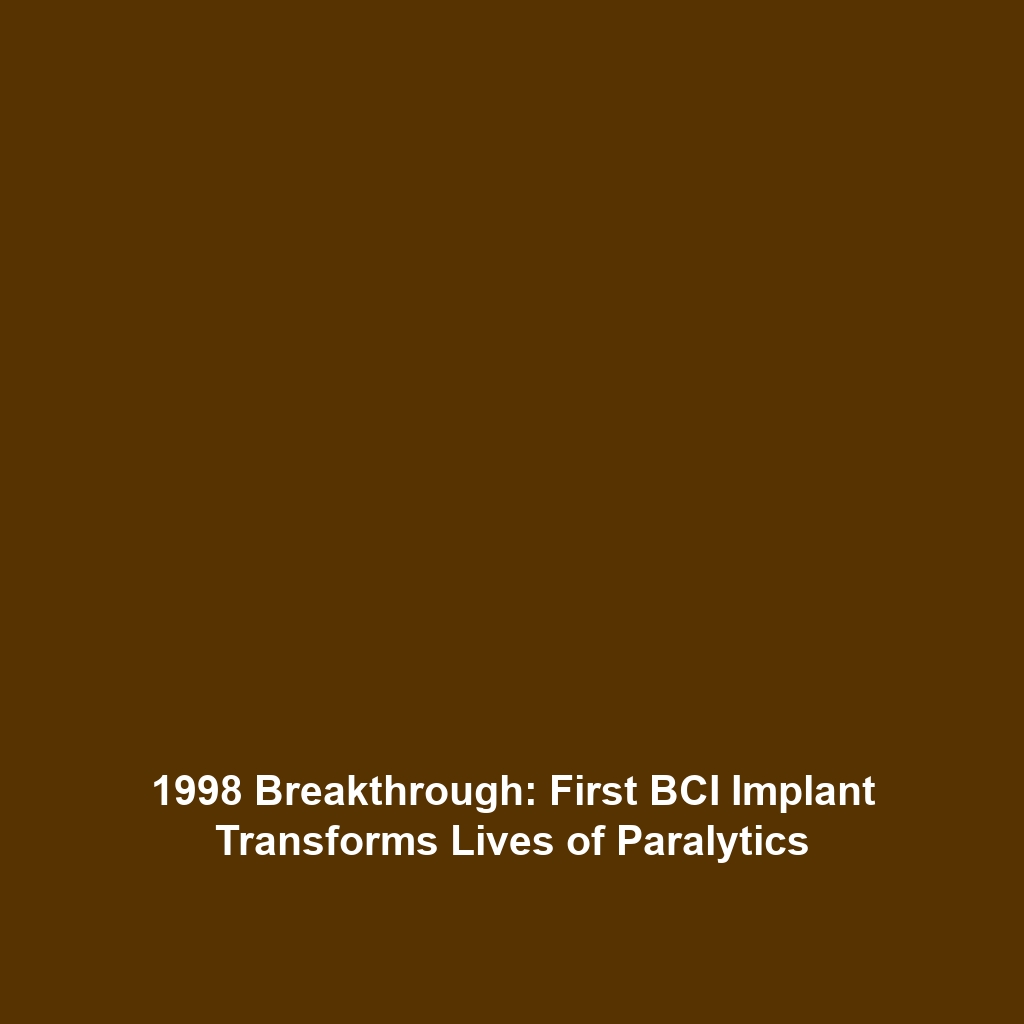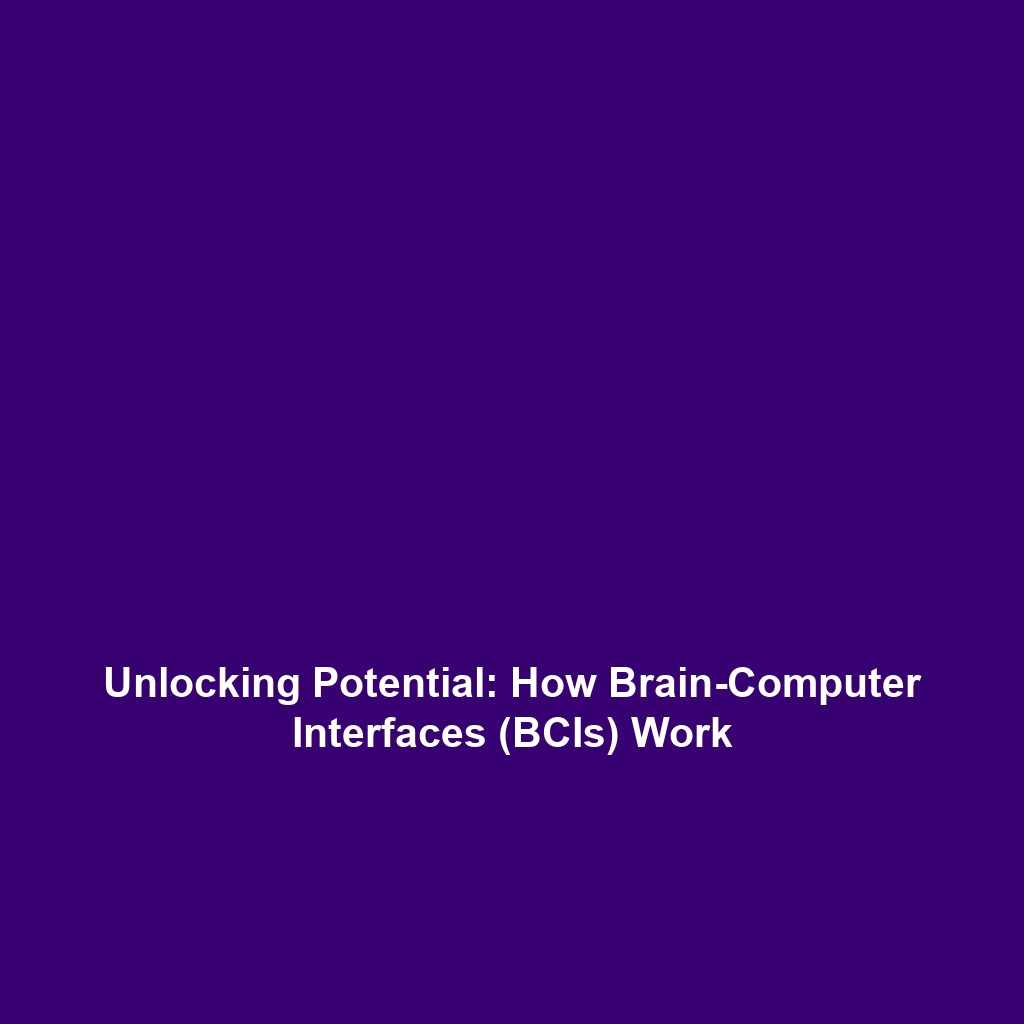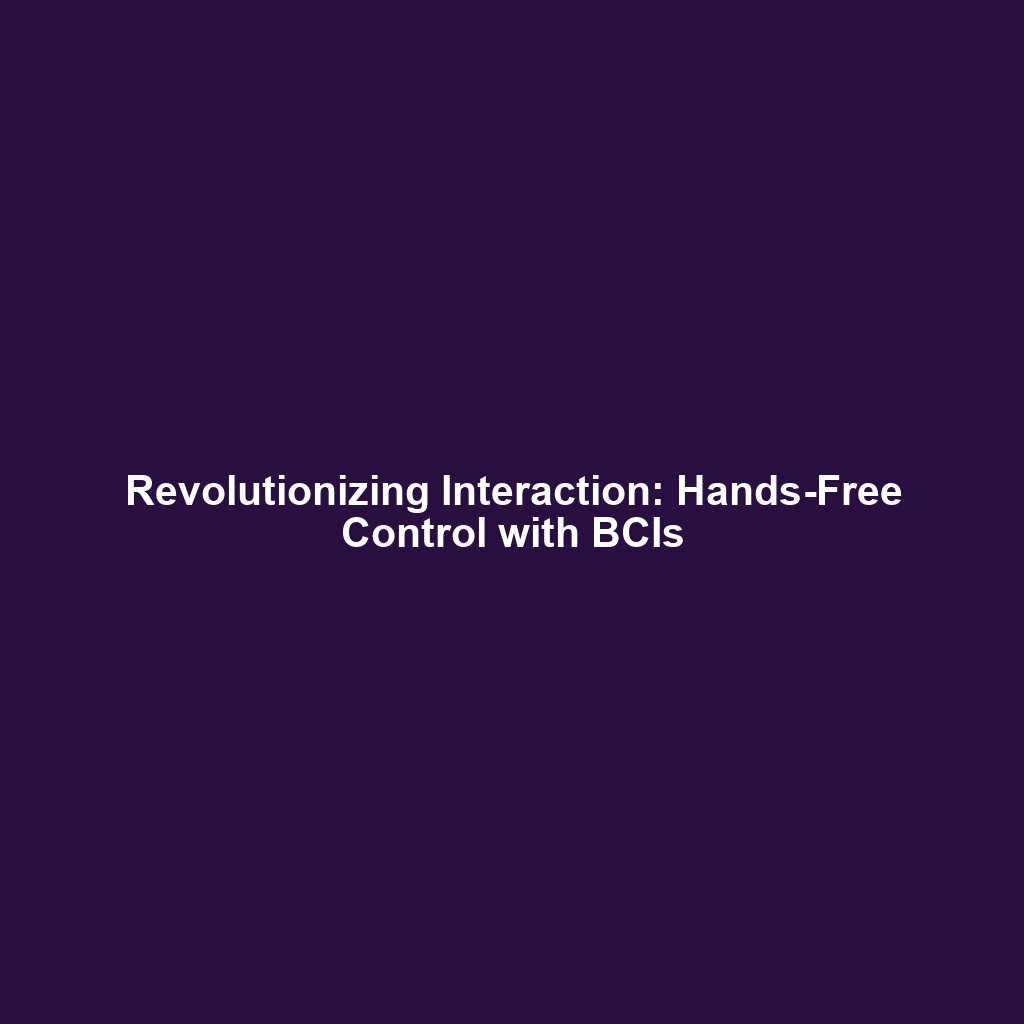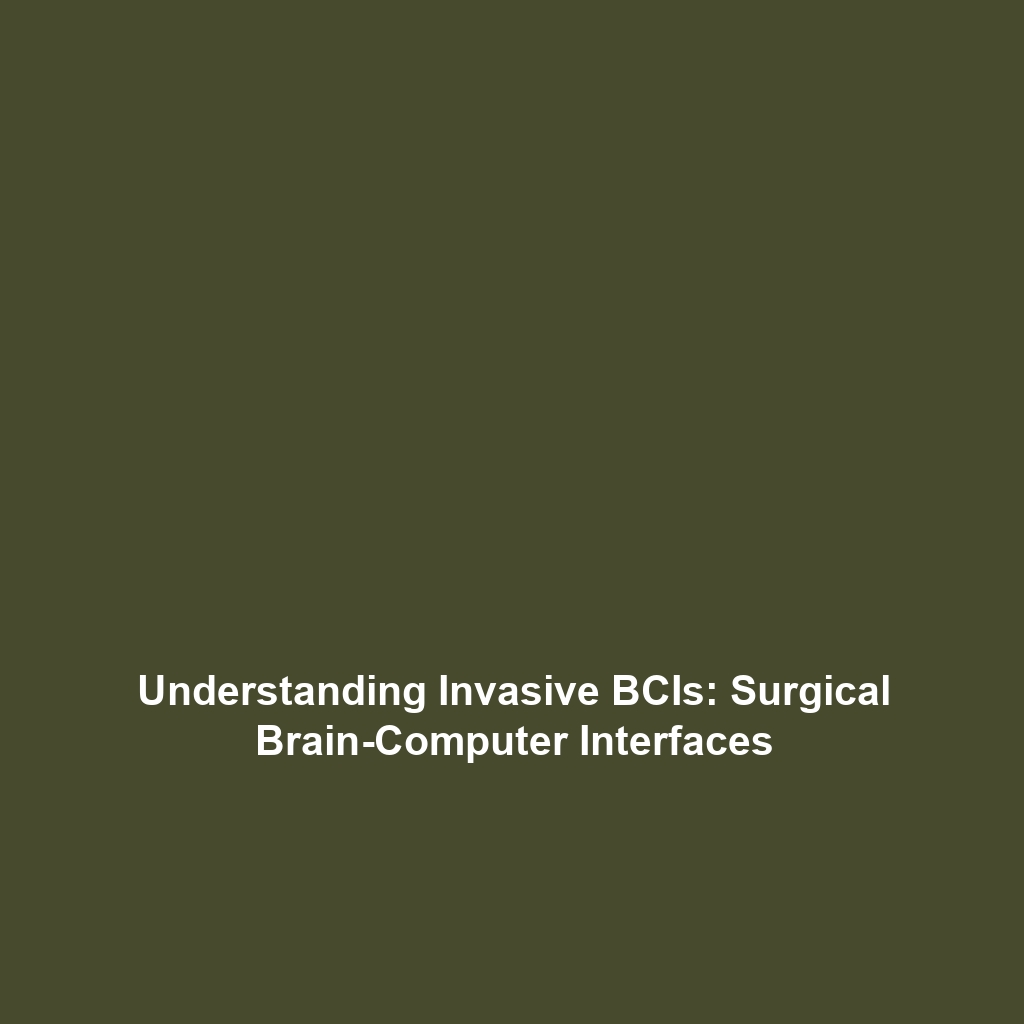Modern Advances in Brain-Computer Interfaces: Neuralink and OpenBCI
Introduction
Brain-Computer Interfaces (BCIs) represent a frontier in technology that connects the human brain directly to computers, facilitating enhanced communication and control.
In recent years, companies like Neuralink and OpenBCI have emerged as pioneers in this domain, pushing the boundaries of BCI technology with innovative solutions.
The significance of these advancements lies not only in their technical complexity, but also in their potential to transform healthcare, communication, and everyday interactions, marking a distinct evolution in human-computer interaction.
Key Concepts of Brain-Computer Interfaces
To understand the impact of modern advancements by companies like Neuralink and OpenBCI, it’s important to familiarize oneself with several key concepts:
What are Brain-Computer Interfaces?
BCIs are systems that facilitate direct communication between the brain and an external device, often through the recording of neural signals.
These technologies interpret brain activity and translate it into actionable commands for various applications.
Types of BCIs
– Invasive BCIs: These require surgical implantation and offer high-resolution brain data but come with significant risks.
– Non-invasive BCIs: These employ external devices (e.g., EEG caps) to measure brain activity without surgery, making them safer but less precise.
Applications and Real-World Uses
The advancements made by Neuralink and OpenBCI are paving the way for various practical applications of Brain-Computer Interface technology, including:
- Medical Rehabilitation: BCIs are utilized to assist individuals with mobility impairments, enabling them to control prosthetics or computer interfaces through thought alone.
- Gaming and Entertainment: Companies are exploring ways to enhance virtual reality experiences by allowing users to interact using their thoughts.
- Communication Aid: BCIs are aiding those with speech disabilities in communicating by converting brain activity into speech-generating software.
Current Challenges in BCI Technology
Despite promising advancements, there are notable challenges still facing the development and application of BCIs, including:
- Technical Limitations: Current BCI systems may suffer from latency or poor signal interpretation, hindering seamless interaction.
- Ethical Concerns: Issues regarding privacy, consent, and the potential for misuse of mind-reading technologies pose significant ethical challenges.
- Accessibility: High costs and complex technologies can limit access for individuals who could benefit from BCI advances.
Future Research and Innovations
The future of Brain-Computer Interfaces looks promising, with several innovations and areas of research on the horizon:
- Wireless Interfaces: Ongoing development of wireless BCI technologies aims to increase user freedom and comfort.
- Improved Signal Processing: Advancements in machine learning and signal processing techniques could enhance the accuracy and usability of BCIs.
- Brain-Machine Interfaces: The merging of BCIs with AI technology is expected to lead to smarter, more intuitive systems.
Conclusion
In summary, the advancements made by companies like Neuralink and OpenBCI are transforming the landscape of Brain-Computer Interfaces, promising innovative applications in healthcare, communication, and more.
As we navigate the challenges and ethical considerations involved, it is crucial to remain informed about this rapidly advancing field.
For more insights into Brain-Computer Interfaces and their future implications, explore our other articles on related topics.
